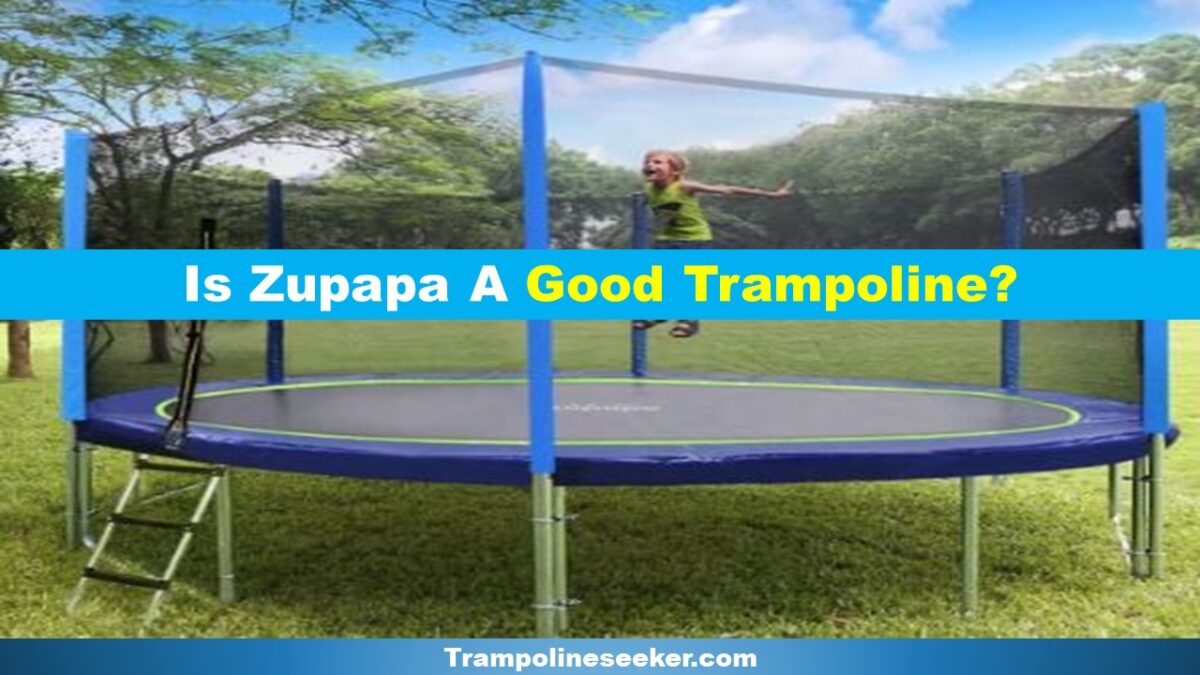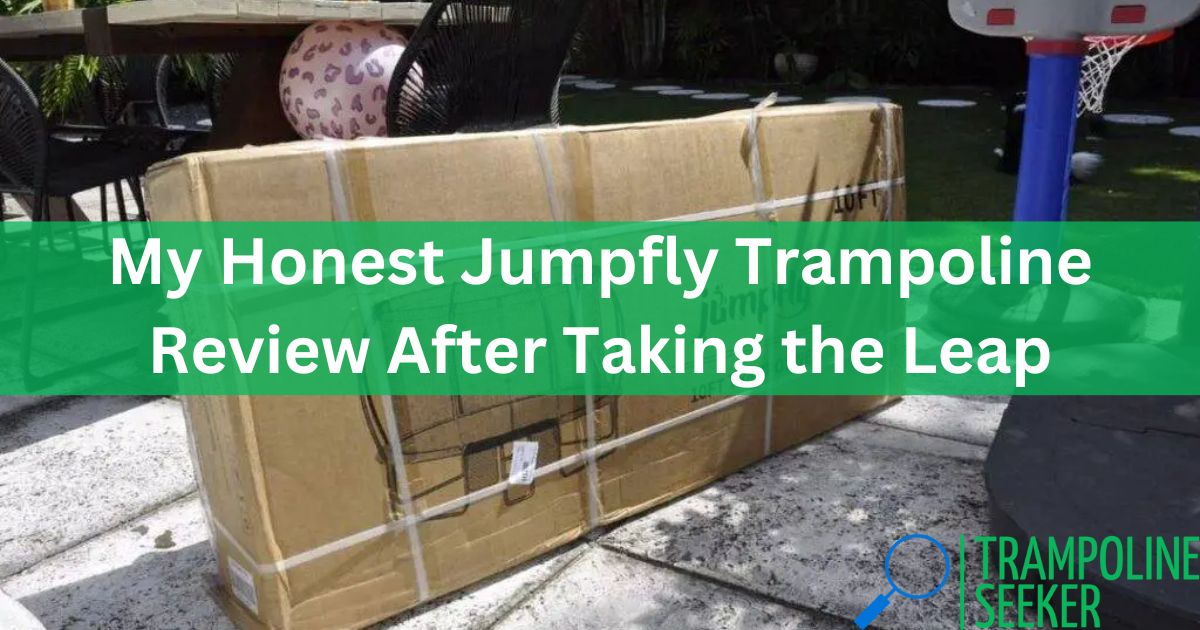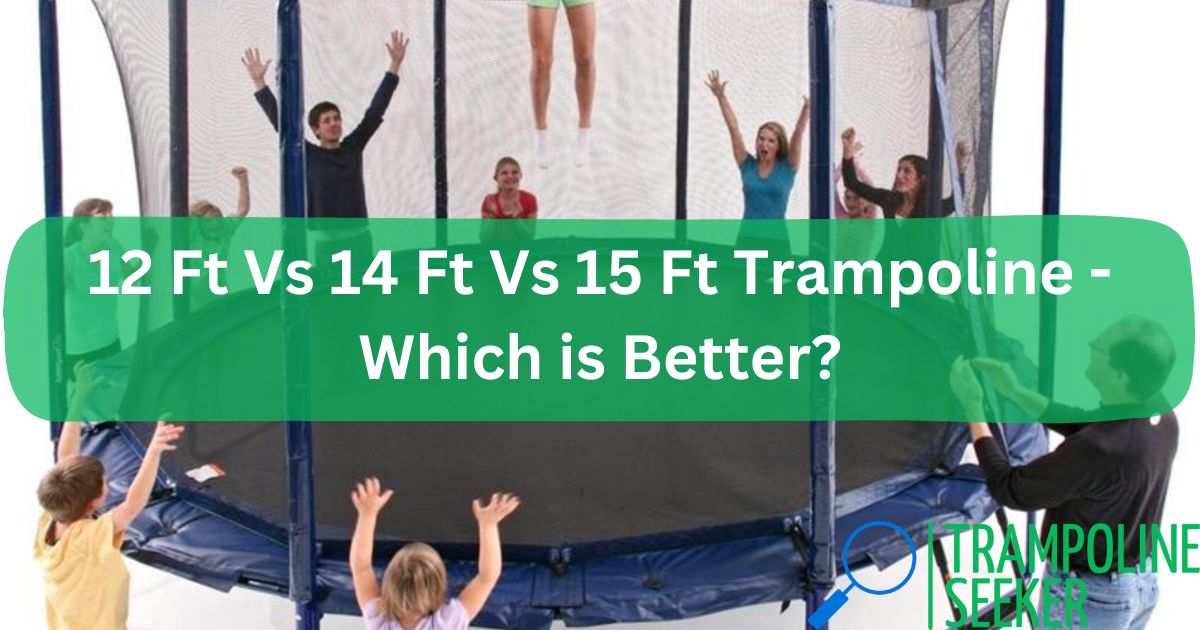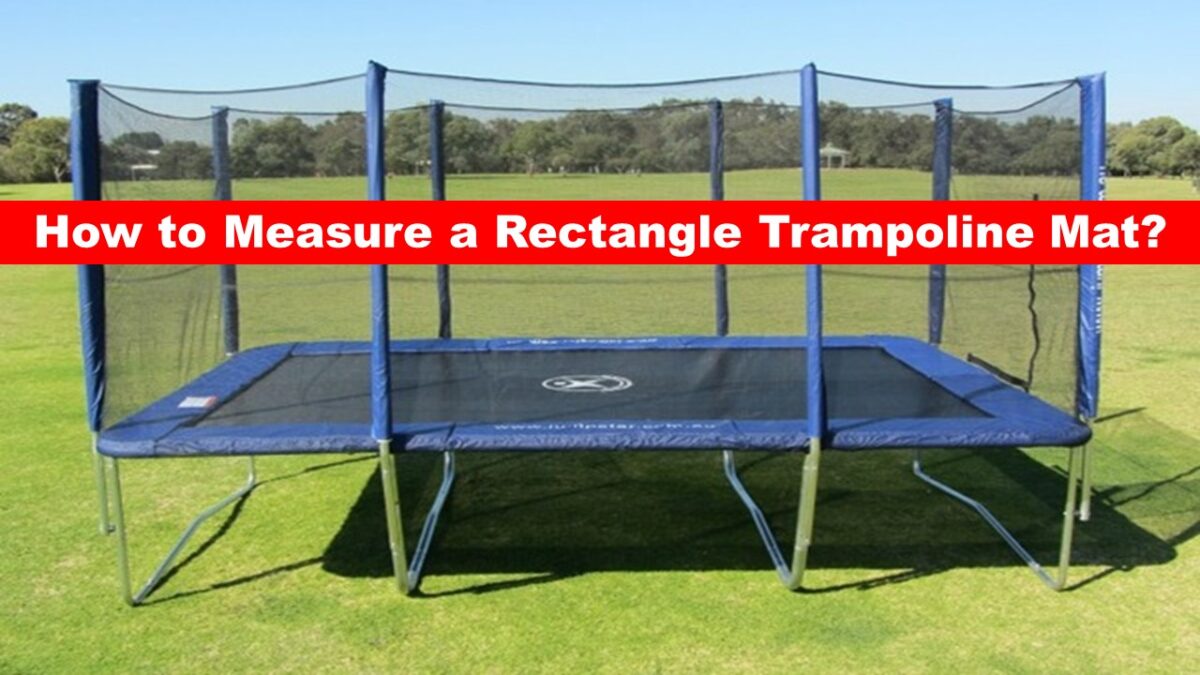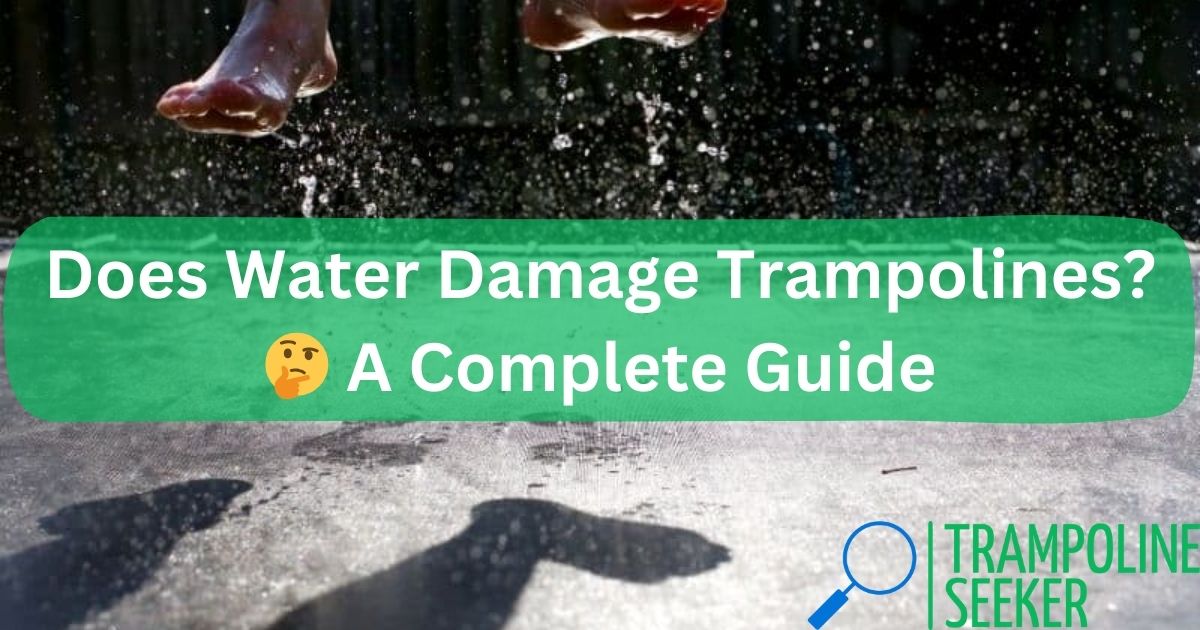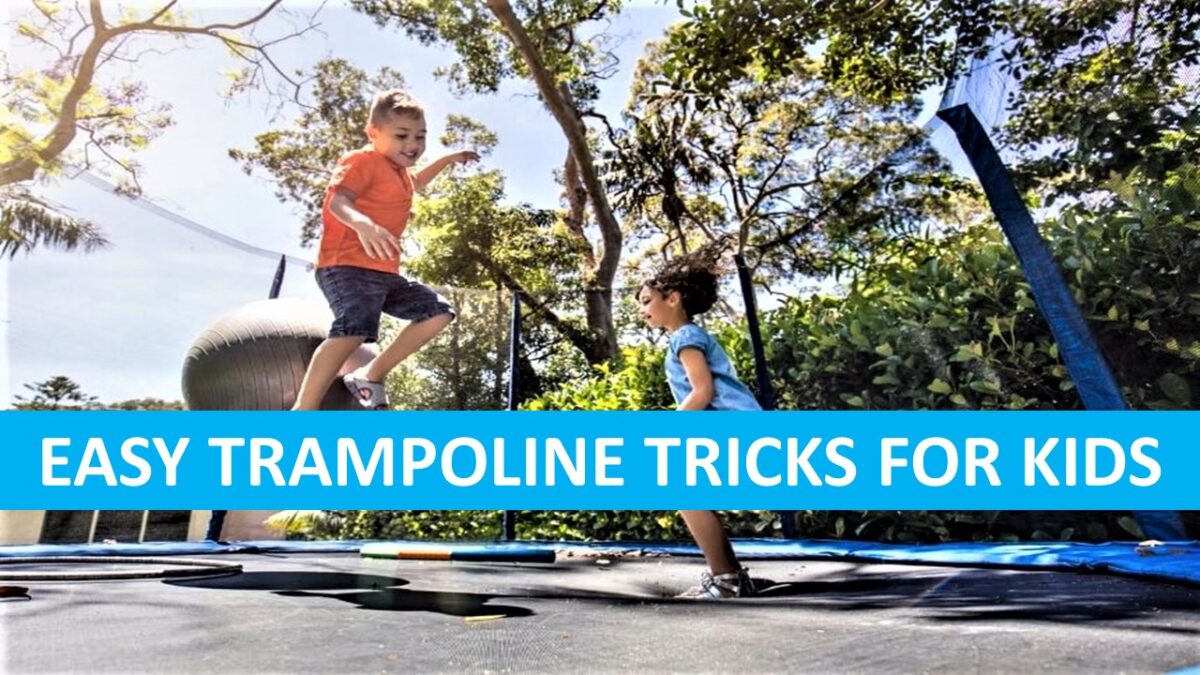I know firsthand the joy and benefits of having a trampoline in the backyard. When my old above-ground trampoline finally bit the dust after years of use, I contemplated getting a new one but wasn’t thrilled with how they can be an eyesore. So I wondered – can you bury a regular trampoline in the ground?
I did tons of research and learned a whole lot in the process. The short answer is no, it’s not just about digging a hole and dropping in a typical trampoline. There are good reasons why that’s a bad idea. But with the right materials and technique, you can create your own DIY in-ground trampoline safely and economically.
In this blog post, I’ll share everything I learned to help you make the best decision for your family:
Why Choose an In-ground Trampoline?
There are several key advantages to sinking a trampoline into the ground:
👀 Enhanced visual appeal – it blends right into your backyard instead of sticking out
🚸 Improved safety – no need for nets or worry about falls since it’s at ground level
🤸♂️ Increased accessibility – easy to get on and off for kids and adults
🛡️ Added stability – less risk of tipping over or blowing away in wind
An in-ground installation can transform your backyard while keeping all the bouncing enjoyment of a traditional trampoline.
Can You Simply Bury Any Trampoline?
Now onto the main question – is it possible to take a regular above-ground trampoline and sink it underground?
The unanimous consensus from my research is no, you should not attempt to bury a typical trampoline meant for above-ground use.
Doing so may seem like an easy DIY project at first glance, but it has serious risks and downsides, including:
⛏️ Massive digging required – we’re talking about an enormous hole, far beyond what you can handle with a shovel over a weekend
🏚️ Structural instability – the soil and trampoline frame will weaken over time leading to collapsed walls, sinking, and other hazards
🤕 Safety concerns – broken springs and metal parts deteriorate and become exposed over years of underground use
💸 Major expenses – you’ll need excavating machinery, retaining wall materials, water drainage, and more just to make it work initially
The trampoline industry strongly advises against simply burying an above-ground recreational trampoline. Those products are engineered for surface level installation and will fail prematurely when subjected to soil, moisture and the pressures exerted underneath the ground.
In short, it’s incredibly dangerous and impractical. But that doesn’t mean you can’t have an awesome in-ground trampoline with the right approach…
How to Successfully Install an Underground Trampoline
The proper way to create a recessed trampoline is to use a specialty product designed from the start for in-ground use. That, or build your own custom trampoline with underground conditions in mind.
Here are the main steps to make this work safely and effectively:
1. Choose an Ideal Location
❇️ Scout your yard for a flat space away from trees/roots and with good drainage
2. Measure and Dig the Pit
Use the trampoline diameter to measure and mark out a round area
⛏️ Hire an excavator to dig a pit, allowing extra width & depth
3. Build Retaining Wall
😀 Line the pit with landscape fabric
💪 Install reinforced wooden or concrete walls around the hole to prevent soil erosion
4. Add Gravel and Level the Base
🔨 Create a level, well-draining foundation with gravel and footings
5. Lower Trampoline Frame into Pit
👷 Carefully place or crane the trampoline frame onto the prepared base
6. Backfill Around Sides
❄️ Shovel dirt around the outside of the pit, packing it tightly to secure the retaining walls
7. Finish Surface Area
🎨 Cover surrounding soil with grass or mulch for clean appearance
8. Bounce Away!
🙌 Reattach mat and pads then start jumping!
As you can see, creating a recessed trampoline setup requires much more than just digging a casual hole. But with the right plan and materials, you can achieve a gorgeous sunken tramp to enjoy for years.
My Experience Burying My DIY In-ground Trampoline

I’ll walk you through my own process of researching and installing an in-ground trampoline from scratch in my backyard.
After accepting that I couldn’t simply bury my old trampoline, I looked into buying a pre-made recessed trampoline but didn’t love the limited size and style options.
So I decided to take on an ambitious DIY project to create a custom in-ground tramp from parts. Here’s how it went:
Sourcing the Materials
First I found a good deal on a 14-foot steel trampoline frame without the mat on Facebook Marketplace. This served as my foundation.
Next I ordered a commercial-grade jump mat made specifically for in-ground use from a trampoline supply store, along with durable springs and a weatherproof pad set.
Finally, I got the necessary lumber, gravel and other supplies for the underground installation from my local home improvement store.
Preparing the Site

With materials ready, I marked out a 15-foot diameter circle in my yard for the pit location using spray paint and a measuring tape.
I rented an excavator to tackle the sizable digging and help speed up this notoriously laborious step. 3 days later, I had a nice 10-foot wide sloped hole ready for building.
Constructing Retaining Wall and Base

The installation process took about 5 long weekends of work for me and a helper to complete.
We used pressure-treated wood planks secured to the trampoline frame to hold back the soil walls. Then added cinder block footings at the pit bottom covered with gravel for drainage and stability.

Leveling as we went, we ended up with a nice recessed foundation ready for trampoline placement.
Dropping In the Tramp

Carefully, we used the excavator to lower the whole assembled trampoline into the hole. After backfilling tightly around the outside and securing it in place, the structure felt really solid with no shifting or wobbling.
Finishing Touches

I filled gaps with more gravel and topped surrounding areas with fresh soil and sod. Just need to let the grass grow back fully and my DIY in-ground trampoline will look seamless!
Enjoying My Handiwork

The final product remains super sturdy and safe for my rambunctious jumpers. With no exits, we happily bounce for hours without fear of falls or injuries. I’m thrilled to have a permanent trampoline pit installed just the way I envisioned!
While requiring substantial effort, I saved thousands of dollars compared to buying a pre-fab sunk-in trampoline that still wouldn’t be customized to my exact specifications. This makes the DIY satisfaction even sweeter.
Key Takeaways on Burying Trampolines
To wrap up the great trampoline burial debate, here are my top pieces of advice:
❌ Don’t put a regular above-ground trampoline underground. It won’t end well! These products simply aren’t designed for subsurface installation.
✅ Specialized in-ground trampolines or custom DIY builds are the only good options. Carefully plan all structural considerations first.
💡 Choose indoor-rated components. From waterproof mats to galvanized rust-resistant frames, make sure everything handles moisture and soil contact well.
🛠️ Budget for professional help. Excavating equipment rentals and an extra set of hands make a tricky project much more manageable.
😄 Focus on safety and fun. A properly secured recessed trampoline eliminates risks and provides endless enjoyment for kids and parents alike!
I hope my journey to an awesome DIY sunken trampoline gave you useful insights and inspiration. Feel free to share any questions below! Now if you’ll excuse me, it’s time for me to go bounce. My kids are begging me to come show off my backflip skills. 🤸♂️
Must Read: How to Get Rid of In-Ground Trampoline Snakes?
Frequently Asked Questions about Underground Trampolines
Here are answers to some common questions about burying trampolines:
How much does it cost to install an in-ground trampoline?
Expect to spend $3,000-$5,000 installing a store-bought recessed trampoline. DIY builds cost $1,000-$2,000 but require more labor.
What kind of trampoline works best underground?
Look for commercial-grade frames, mats, pads and springs rated for full weather and moisture resistance. Speak to an expert about specialty equipment.
How do you keep an inground trampoline from sinking?
Proper reinforcement like retaining walls, stone backfilling, footer supports and compacting soil prevents subsiding or caving in around the sunken trampoline’s edges.
Can you put foam padding under a recessed trampoline?
Yes, closed-cell foam under padding helps create a more cushioned landing surface and also blocks moisture from seeping under the frame.
Articles You May Like to Read:



